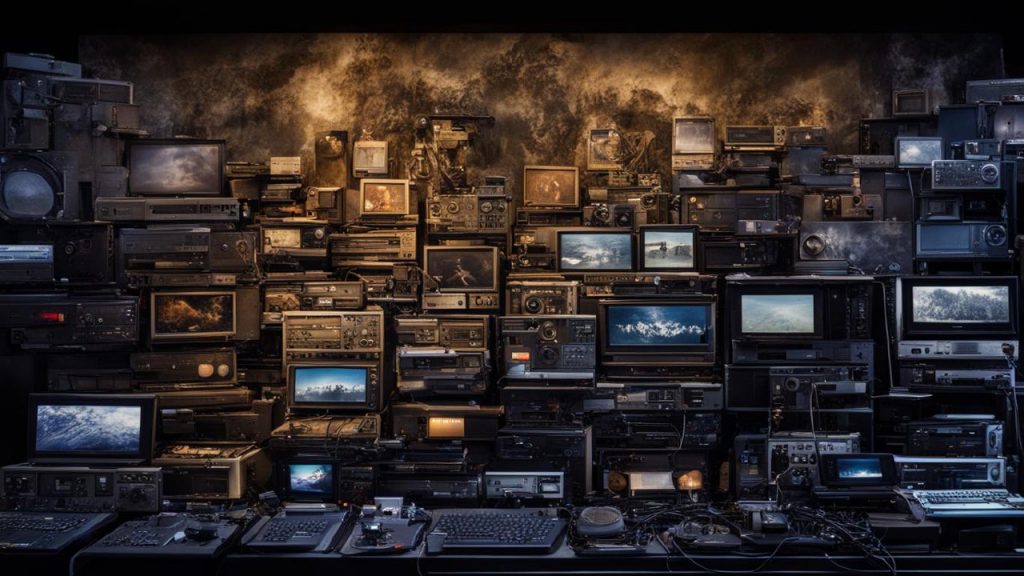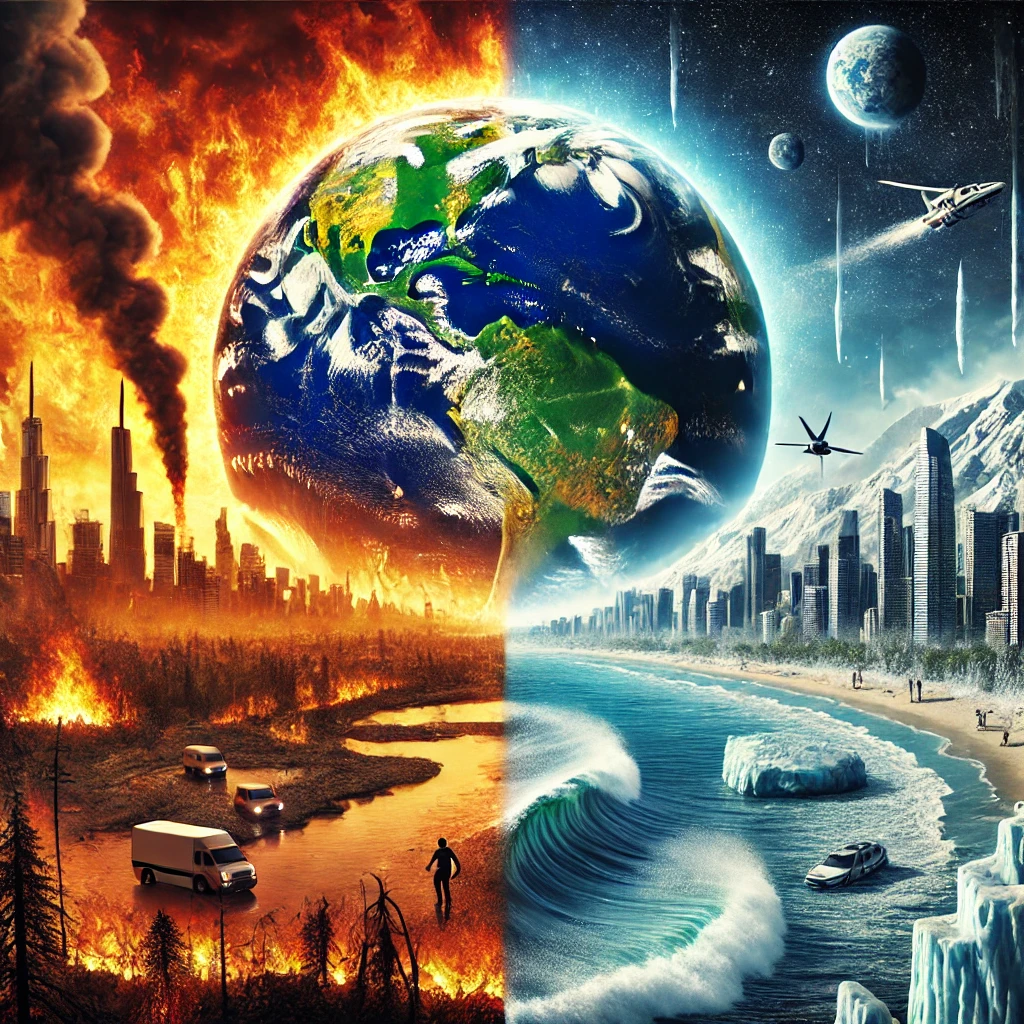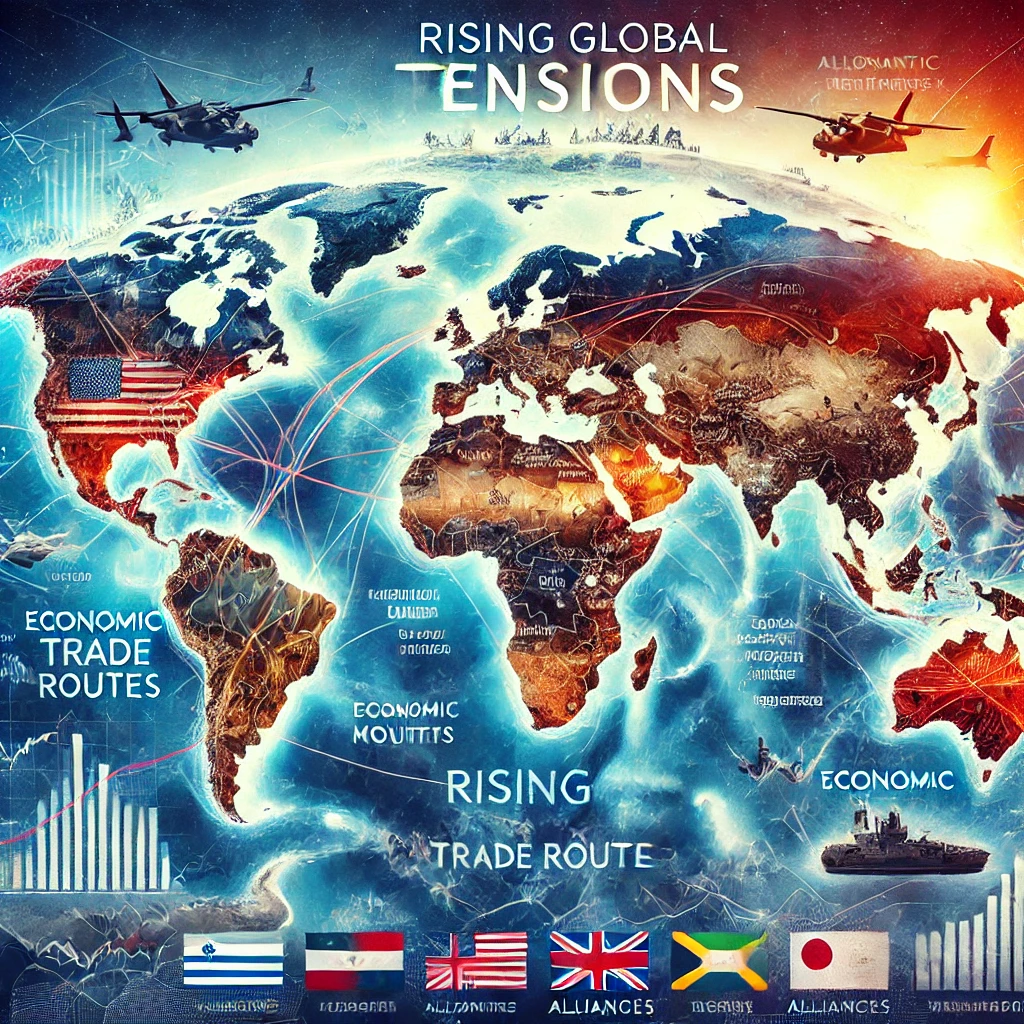
Mathematical media has undergone a unusual evolution since allure inception, reshaping the habit we consume and communicate with information in the mathematical age. From the early days of dial-up internet to the current term of streaming services and friendly media, the landscape of mathematical media has evolved exponentially, compelled by technological advancements and changeful consumer behaviors.
The Dawn of the Cyberspace Age
The evolution of mathematical media can be tracked back to the advent of the internet in the late 20th of one hundred years. With the launch of the Major computer network in the 1990s, the internet became approachable to the masses, revolutionizing ideas and information dissemination. Websites and electronic mail transformed by means of what we access news, buy and sell others, and conduct business, laying the bedrock for the digital media countryside we know today.
Rise of Public Media
The emergence of friendly media platforms like MySpace, Facebook, and Giggle marked a significant critical juncture in the evolution of mathematical media. These platforms democratized content production and distribution, allowing consumers to share their thoughts, photos, and videos with a all-encompassing audience. Social television transformed how we ideas, connect, and consume facts, giving make even new forms of digital expression and society building.
Mobile Strike
The proliferation of smartphones and mobile schemes further accelerated the evolution of mathematical media. With the coming of high-speed mobile computer network and app ecosystems, buyers gained unprecedented approach to digital content on the go. Movable apps for social media, revelation, entertainment, and productivity enhanced indispensable tools in our constantly lives, shaping how we attack with digital news and interact accompanying the world around us.
Flooding Services and On-Demand Content
The rise of streaming duties like Netflix, Hulu, and Spotify disrupted traditional publishing consumption patterns, ushering in the term of on-demand content. These platforms offered a far-flung library of movies, TV shows, sounds that are pleasant, harmonized, and podcasts accessible period, anywhere, without the need for material media or scheduled prioritize. The shift towards streaming revolutionized in what way or manner we consume entertainment, providing better choice, convenience, and personalization.
Mutual and Immersive Experiences
Progresses in technology, such as computer simulation (VR) and augmented realism (AR), have opened up new possibilities for shared and immersive digital happenings. VR gaming, AR apps, and immersive tale techniques have blurred foul line between the digital and tangible worlds, offering users a more charming and interactive media happening. These technologies have the potential to revolutionize pleasure, education, and communication in the age to come.
Challenges and Opportunities
While the development of digital media has caused success tremendous opportunities for change and creativity, it has also formal challenges related to privacy, falsity, and digital prejudice. The rise of fake news and online echo chambers has nurtured concerns about the impact of digital media on equality and public discourse. Additionally, the digital separate between those who have approach to high-speed internet and mathematical devices and those who do not debris a barrier to impartial participation in the digital frugality.
Conclusion
In conclusion, the development of digital media has transfered how we create, absorb, and interact with facts in the digital age. From the early days of the internet to the current cycle of social media, flooding services, and mesmeric experiences, digital radio continues to shape our lives in deep ways. As technology resumes to advance and consumer behaviors develop, the future of digital media promises even better innovation and opportunities for network, creativity, and verbalization.


